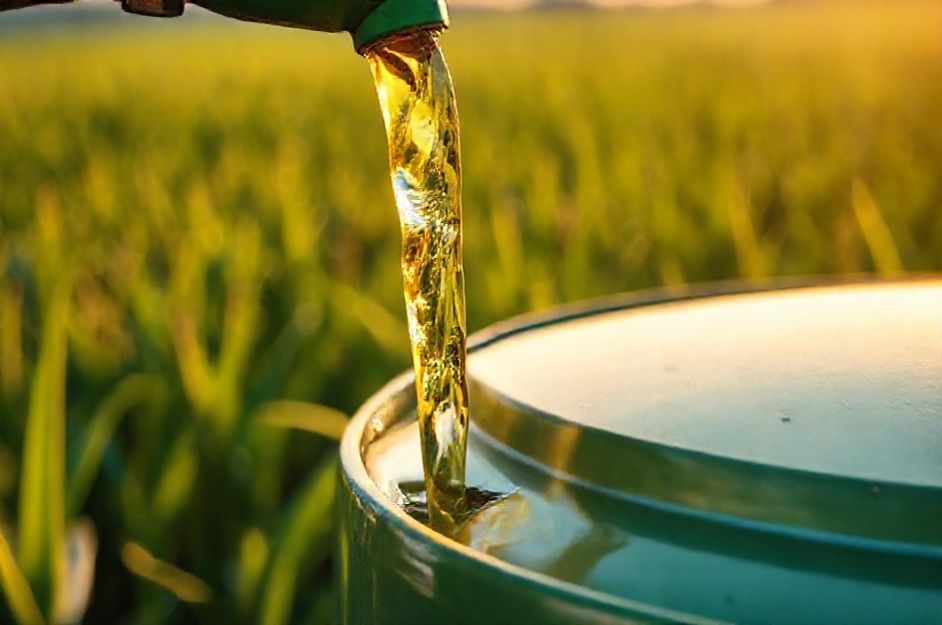Ethanol has emerged as a significant component of the global economy, serving as a crucial raw material for various chemical processes and a substantial source of government revenue through excise duties. Primarily derived from sugarcane molasses, industrial alcohol plays a vital role in numerous economies. As a byproduct of the sugar industry, which is closely tied to agriculture, alcohol benefits from sugarcane’s status as a renewable energy source. This positions alcohol as a preferred substitute for chemical feedstock, helping to bridge energy gaps and meet the increasing demand for potable applications. Moreover, ethanol can be directly produced from sugarcane.
**Ethanol-Based Chemicals**
Ethyl alcohol is a key feedstock in the manufacturing of several chemicals, including acetic acid, acetone, butanol, butadiene, acetic anhydride, vinyl acetate, styrene, MEG, and PVC. The synthetic rubber industry also requires significant quantities of alcohol. Industrial alcohol is mainly used in the production of the following chemicals:
* **Acetaldehyde:** Used industrially in chemical derivatives, pharmaceutical applications, synthetic resins, and in the manufacture of acetic acid.
* **Acetic Acid:** Used in pharmaceuticals, textiles, dyestuffs, ethyl acetate, and as a base chemical for alcohol-based chemicals via the acetaldehyde route.
* **Acetic Anhydride:** Utilized in bulk drug manufacturing.
* **Ethyl Acetate:** Used in the manufacturing of paints, dyestuffs, and pharmaceuticals.
* **Substitute:** Used in the manufacture of HDPE, LDPE, and chemicals that are petroleum-based, such as ethylene glycol.
**Potable Alcohol**
The production of alcoholic beverages from alcohol presents an appealing diversification opportunity, with considerable demand for products like brandy, whisky, rum, gin, vodka, and wine. The requirement for alcohol in potable applications is nearly as high as its industrial usage.
**Ethanol as Fuel/Ethanol-Blended Petrol**
Global trends, particularly in Brazil and the USA, indicate a move toward using alcohol as an alternative fuel. During World War II, alcohol was blended with petrol (20% alcohol, 80% petrol). Brazil has pioneered technology enabling large-scale substitution of petroleum-derived fuels, with anhydrous alcohol now serving as an exclusive fuel for automobiles. Alcohol-powered vehicles constitute a significant portion of vehicle sales in Brazil.
Anhydrous alcohol (99.5% v/v) is blended with petrol to create gasohol. In Brazil, millions of vehicles run on gasohol with alcohol content varying from 10% to 85%. Alcohol functions as an oxygenate in petrol combustion, outperforming other oxygenates like MTBE and ETBE. It reduces carbon monoxide emissions, leading to less pollution compared to petrol.
The demand for alcohol is expected to grow continually, ensuring a stable market for distilleries producing alcohol for both industrial and potable purposes.
It remains a topic of debate whether corn, or any food grain, should be used for ethanol production.
